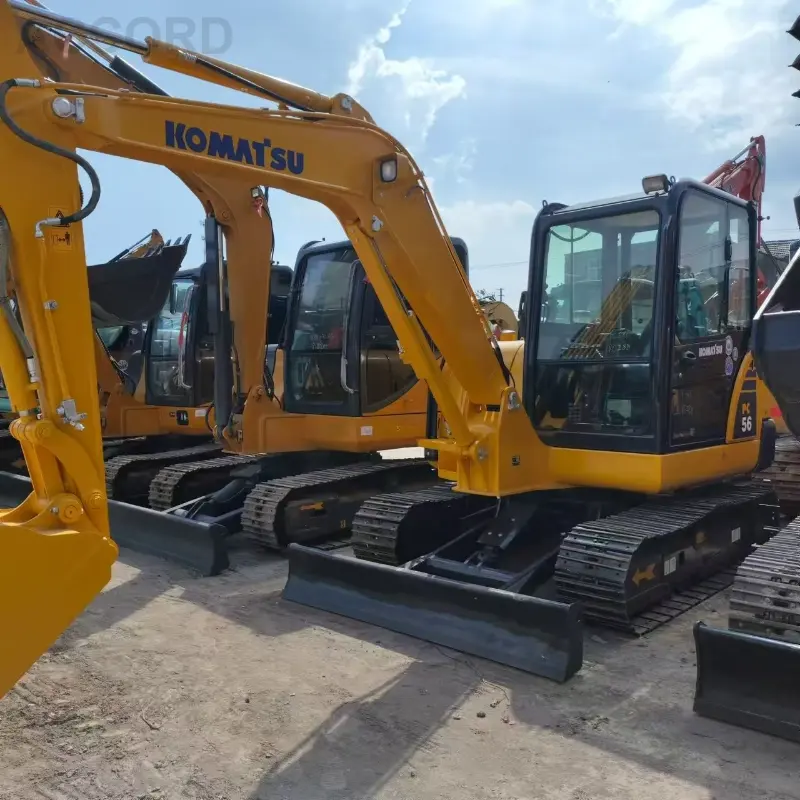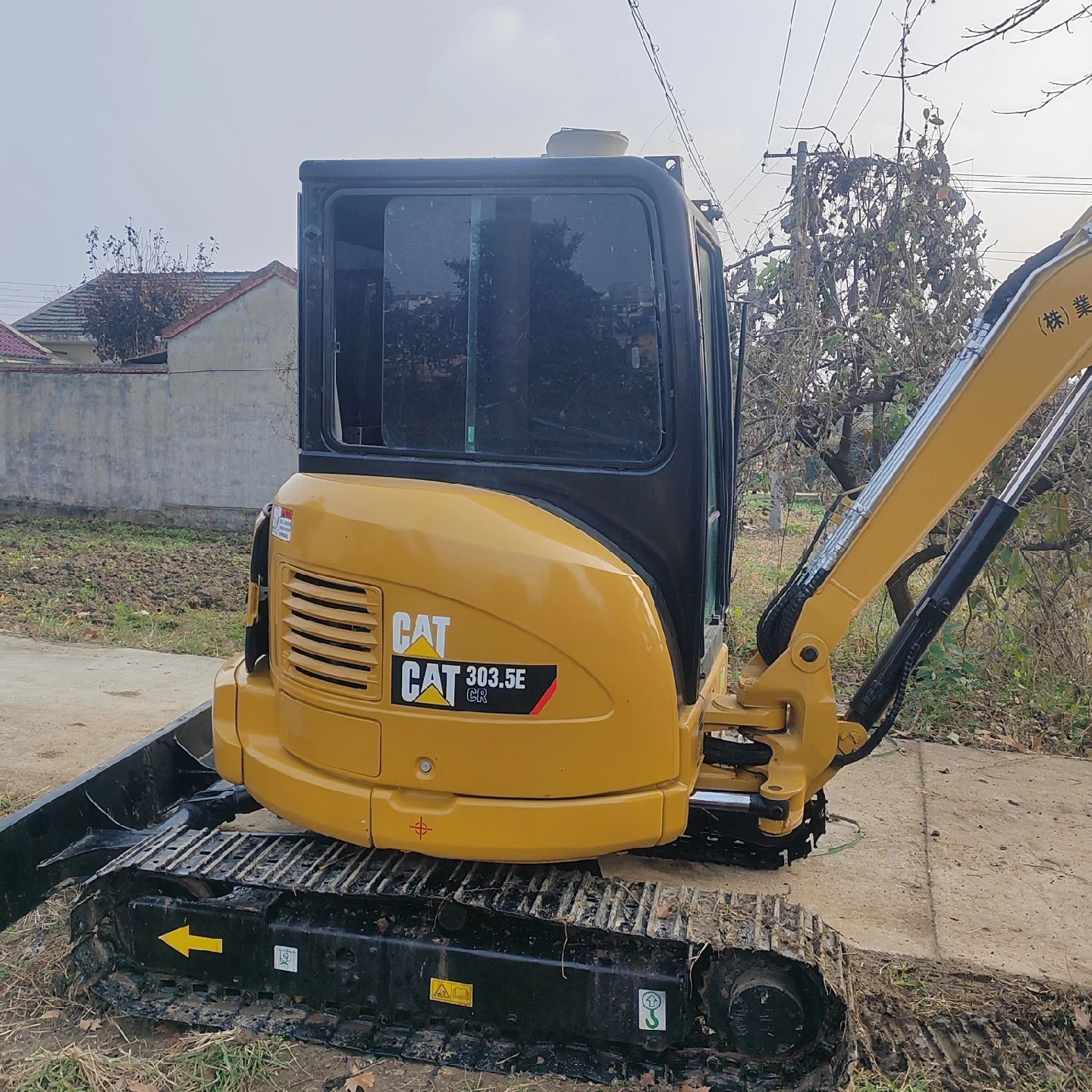Repair and maintenance tips for used Cat excavators to extend their service life
Release time: 2025-06-11
To extend the lifespan of a used Cat excavator, the key is to perform regular maintenance and servicing. Here are some practical tips to help you maintain and care for your used Cat excavator:

1. Regularly Change Oils
Engine Oil: Regularly check and replace the engine oil to keep the engine healthy. It is recommended to change it every 250-500 hours of operation, depending on usage.
Hydraulic Oil: The hydraulic system is crucial for the excavator. Ensure the hydraulic oil is clean and change it at the specified intervals.
Coolant: Check and maintain the coolant level to prevent engine overheating, and replace the coolant periodically, usually every 500 hours.
2. Regularly Clean and Check the Air Filter
Ensure that the air filter is clean to provide the engine with sufficient air. A clogged air filter can reduce engine power, increase fuel consumption, and even damage the engine. Check it every 100-200 hours of operation, and clean or replace it as needed.
3. Maintain the Hydraulic System in Good Condition
Hydraulic Oil Check: Check the hydraulic oil’s cleanliness and replace it if it becomes contaminated or changes color.
Hydraulic Filters: The hydraulic system filters need to be regularly inspected and replaced, usually every 500 hours of operation.
4. Check and Maintain the Tracks and Drive System
Track maintenance is crucial. Regularly check the tension and wear of the tracks. Overly loose tracks increase fuel consumption, while overly tight tracks can damage the drive system. Typically, check the tracks every 250 hours of use.
Also, check the lubrication of the drive motors, hubs, and gears to ensure there are no leaks and sufficient lubrication.
5. Monitor the Battery and Electrical System
Regularly check the battery charge and the connection of electrical terminals to ensure the battery charging system is working properly. Electrical system failures can affect the excavator’s startup and operation. Inspect the battery system every 100 hours.
6. Clean the Radiator and Cooling System
Regularly clean the radiator of dust and debris to maintain good airflow and prevent overheating. When cleaning, be careful not to damage the radiator fins.
7. Check Hydraulic Hoses and Fittings
Frequently inspect hydraulic hoses for cracks, wear, or leaks. If issues are found, replace or repair the hoses immediately to avoid hydraulic system failures.
8. Inspect the Mechanical System
Regularly check the mechanical components, especially the bucket, boom, and swing parts for wear. Lubricate these moving parts periodically to prevent damage due to lack of lubrication.
9. Proper Driving and Operation
For used excavators, smooth driving is essential. Avoid rapid acceleration, abrupt braking, and overloading to minimize wear and tear on the machine.
10. Regular Professional Inspections
Even with regular maintenance, it is advisable to have professionals conduct a thorough inspection at intervals, especially for key components such as the engine, hydraulic system, and transmission.
11. Maintain Service Records
Keep detailed records of each maintenance and servicing event, including the tasks performed, time, and machine condition. Long-term records help track the machine’s history and predict potential failures.
By following these regular maintenance and servicing practices, you can not only extend the lifespan of your low price used Caterpillar excavator but also maintain its efficiency and stability during operation. Proper care significantly reduces the risk of breakdowns, lowers repair costs, and provides greater economic benefits for your projects.


